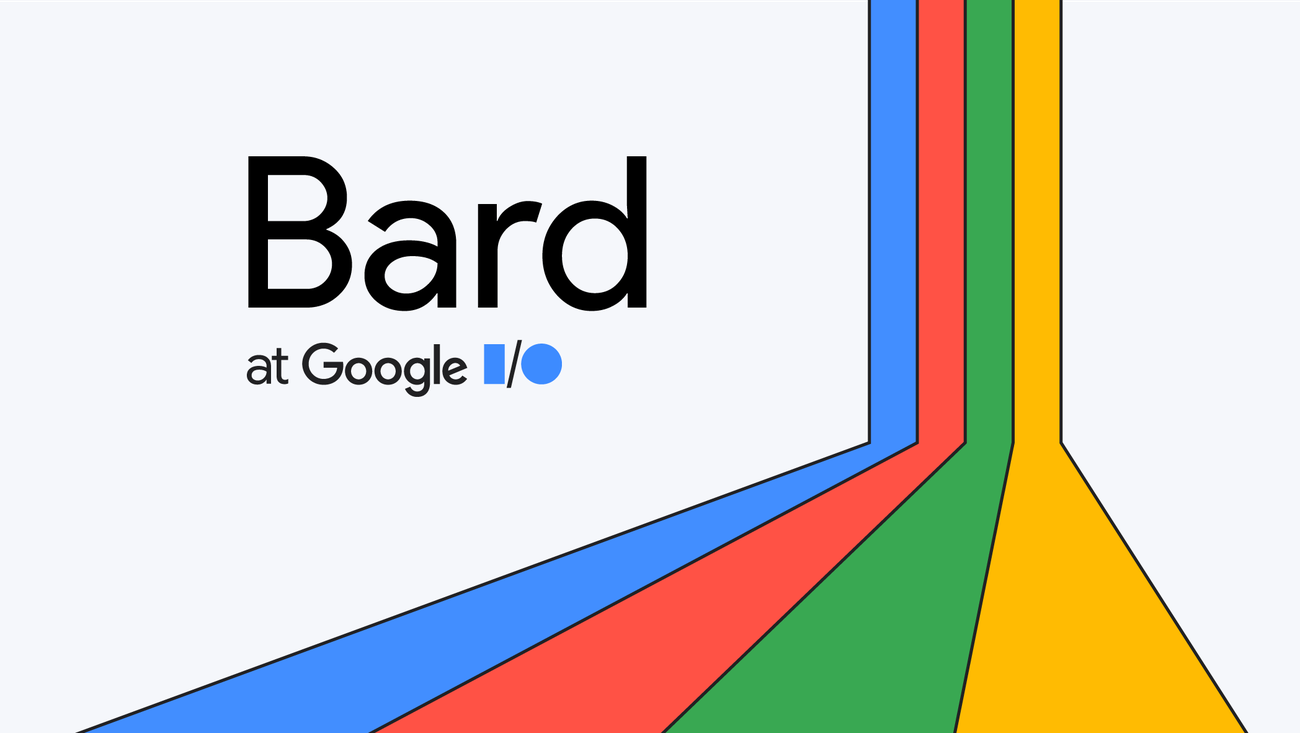Bard: What is it, how to use it
Bard is a large language model from Google AI, trained on a massive dataset of text and code. It can generate text, translate languages, write different kinds of creative content, and answer your questions in an informative way.

In this article, we will discuss what Bard is, its features, history, and the improvements it has received with its latest update. We will also provide tips for using Bard, as well as recommendations on what types of activities you can do with it.
What is Bard?
Bard is a factual language model from Google AI, trained on a massive dataset of text and code. It can generate text, translate languages, write different kinds of creative content, and answer your questions in an informative way.
Bard is still under development, but it has learned to perform many kinds of tasks, including
- I will try my best to follow your instructions and complete your requests thoughtfully.
- I will use my knowledge to answer your questions in a comprehensive and informative way, even if they are open ended, challenging, or strange.
- I will generate different creative text formats of text content, like poems, code, scripts, musical pieces, email, letters, etc. I will try my best to fulfill all your requirements.
History
Bard was first announced in 2022. It was initially released in a closed beta, and it was made available to the public in 2023.
Bard is constantly being updated with new features and improvements. In its latest update, Bard received the following improvements:
- Improved accuracy and fluency of generated text
- Increased ability to understand and respond to complex questions
- Ability to generate different creative text formats
Features
Bard has a wide range of features, including:
- Text generation: Bard can generate different creative text formats of text content, like poems, code, scripts, musical pieces, email, letters, etc.
- Translation: Bard can translate between over 100 languages.
- Question answering: Bard can answer your questions in an informative way, even if they are open ended, challenging, or strange.
- Creative writing: Bard can generate different creative text formats of text content, like poems, code, scripts, musical pieces, email, letters, etc.
Tips for using Bard
Here are some tips for using Bard:
- Be specific in your requests. The more specific you are, the better Bard will be able to understand what you are asking.
- Use natural language. Don't worry about using formal language or technical jargon. Bard will understand what you are saying.
- Be patient. Bard is still under development, so it may not always be able to understand your requests perfectly.
What can you do with Bard?
Bard can be used for a variety of purposes, including:
- Education: Bard can be used to help students learn new things. For example, Bard can be used to generate summaries of factual topics or to create interactive learning experiences.
- Creativity: Bard can be used to help people be more creative. For example, Bard can be used to generate new ideas for stories, poems, or songs.
- Entertainment: Bard can be used to provide entertainment. For example, Bard can be used to generate jokes, stories, or poems.
Conclusion
Bard is a powerful tool that can be used for a variety of purposes. It is still under development, but it has learned to perform many kinds of tasks. If you are looking for a tool that can help you with your work, education, or entertainment, Bard is worth considering.